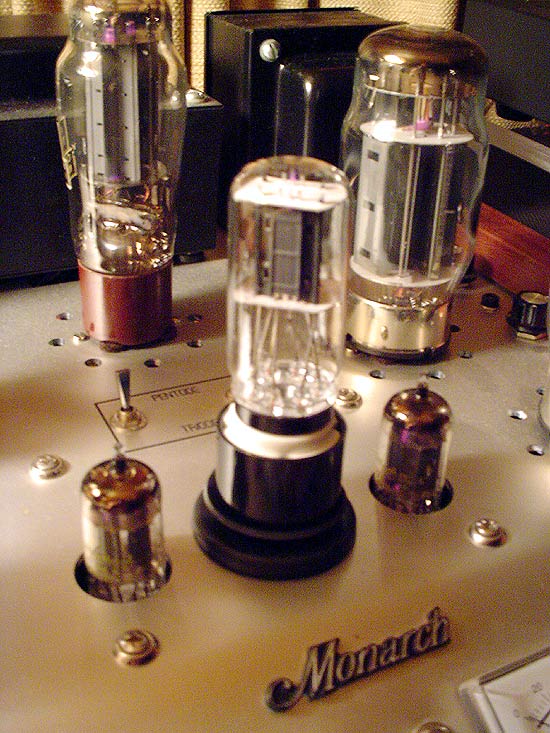To keep from sidetracking a previous thread I have opened this one.
I have read many poetic descriptions of the sound of various tubes. It interests me in how these various tubes must interact with the tube circuits to cause some tubes to be pleasing and some not so much.
Does anyone know of a study of how these tubes response, most likely frequency distribution, causes such positive and negative reactions?
It was pointed out that some expensive vintage tubes might be revered because of their scarcity not necessarily because of their positive sound characteristics.
I am also sure that there are many bottles of rare vintage wine that now contain vinegar....until you open one how do you know?
It is easy to make a sound pleasurable to a individual.....just push the right frequency distribution buttons to please a individual and you can make something sound good to them, but maybe not to someone else.
Creating a stereo image is more complicated but still has to be a interaction of those two audio streams we call L and R.
Has anyone made even a simple basic comparison of the frequency and noise characteristic of various tubes?
I have a mostly stock 3x sitting around that has been loaned out a number of times to locals and pronounced as sounding great. With such a simple few tube circuit, I would think it should make a decent 12x test mule.
I have read many poetic descriptions of the sound of various tubes. It interests me in how these various tubes must interact with the tube circuits to cause some tubes to be pleasing and some not so much.
Does anyone know of a study of how these tubes response, most likely frequency distribution, causes such positive and negative reactions?
It was pointed out that some expensive vintage tubes might be revered because of their scarcity not necessarily because of their positive sound characteristics.
I am also sure that there are many bottles of rare vintage wine that now contain vinegar....until you open one how do you know?
It is easy to make a sound pleasurable to a individual.....just push the right frequency distribution buttons to please a individual and you can make something sound good to them, but maybe not to someone else.
Creating a stereo image is more complicated but still has to be a interaction of those two audio streams we call L and R.
Has anyone made even a simple basic comparison of the frequency and noise characteristic of various tubes?
I have a mostly stock 3x sitting around that has been loaned out a number of times to locals and pronounced as sounding great. With such a simple few tube circuit, I would think it should make a decent 12x test mule.



